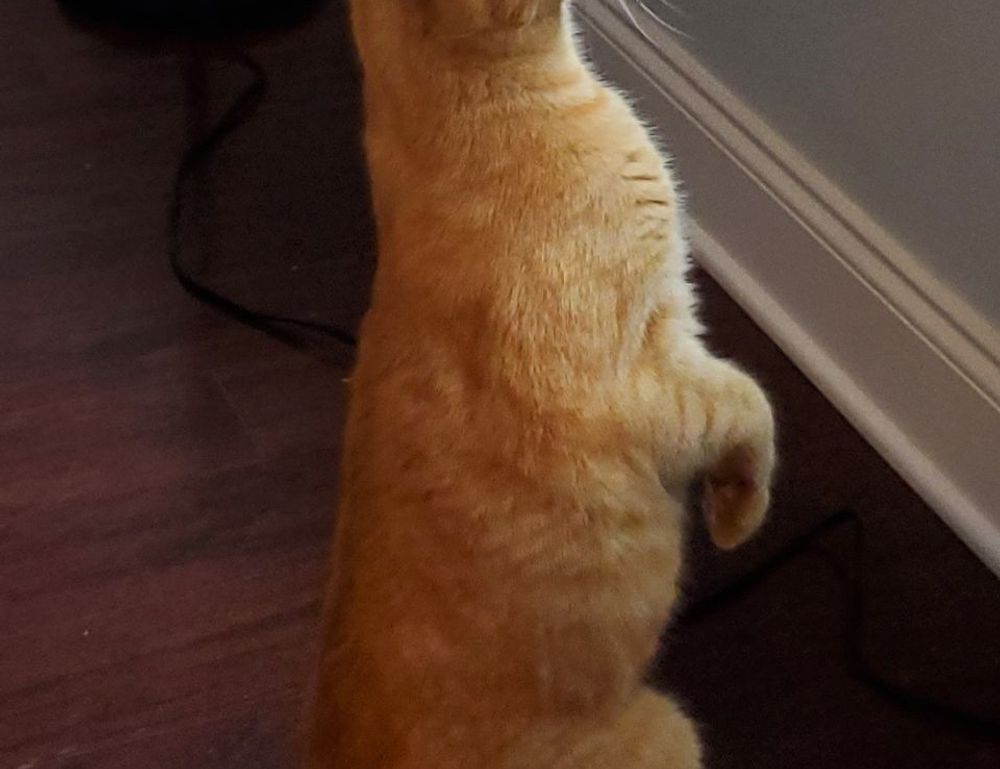What Is 3248782664?
To most people, 3248782664 is just a 10digit number. But in specific circles—particularly online—you’ll find discussions speculating about its origin or purpose. In some threads, it’s referenced as a unique user ID or a transaction key. In others, it’s just a weird easter egg people keep spotting in code snippets, phone screenshots, or database exports.
You might also run into it in the wild during software development. It’s long enough to serve as an arbitrarily generated identifier without triggering autorecognition in social media algorithms or spam filters—something developers appreciate. There’s nothing overtly special about it mathematically, but that’s part of the mystique. It’s memorable without being obvious.
Why Do Random Numbers Stick?
So why does something like 3248782664 grab attention? It boils down to repetition and context. When a number shows up repeatedly—and in unexpected places—it creates a sort of psychological echo. People assume there’s meaning, even if it’s just coincidence or trolling.
This phenomenon isn’t new. Think of 1337 for “leet speak” or 8675309 from the Tommy Tutone song. Once a number gains traction online, it takes on a life of its own. 3248782664 might not be a pop anthem yet, but it’s carving out its own curious space.
Could It Be a Code?
Some users speculate that 3248782664 might act as a hash or part of a cipher. In forums dedicated to puzzles or Alternate Reality Games, enthusiasts try reducing the digits to ASCII, binary, or hexadecimal formats to see what comes out. Most attempts don’t lead anywhere useful—but that’s how internet culture works: toss theories against the wall and see what sticks.
The fun lies in the chase, not the fact. If the number serves any purpose beyond utility, it’s that it fuels questioning, and that’s a core part of engaged online communities. It sparks curiosity without giving you all the answers.
Digital Identity or Placeholder?
In software systems, a number like 3248782664 is ideal as a placeholder key or user handle. Think of it as a standin for something more personal. You can find similar formats in log files, backend systems, and usage analytics. It could mark a specific event, timestamp, or error message.
Some digital services use numbers like these so often that people start to recognize them, even if they’re supposed to be anonymous or generic. They’ve become accidental identifiers—background noise noticed only by the observant.
The Appeal of Specific Randomness
Here’s the odd part: a number becomes more interesting when it feels arbitrary but looks deliberate. 3248782664 fits that mold. It’s long, but not too long. It has a certain rhythm when you say it out loud. It doesn’t form an obvious word or translate into anything offensive, so it’s safe for general use.
Marketers and UX designers sometimes use strings like this for dummy data when testing input fields. It’s a version of controlled randomness—realistic enough to mimic actual usage without triggering filters or validation prompts.
Psychology of the Digit Stream
From a human perspective, we’re wired to assign meaning, even where there is none. When someone sees the same number pop up in multiple unrelated spots, they often start looking for connections. Numerology fans, for instance, might break 3248782664 into smaller groupings—32, 48, 78—and try to interpret symbolism in those.
That’s overkill in most cases, but the behavior helps explain why numbers take off culturally. They become memes or symbols, placeholders for shared jokes, or digital artifacts with their own story.
The Bottom Line: It’s What You Make of It
At the end of the day, 3248782664 is just a number—until it isn’t. Whether it’s functioning as a user ID, showing up in your backend logs, or becoming part of a running gag in your tech circle, it has use simply because people keep noticing it.
Like a digital injoke with no punchline, its drama lies in the ambiguity. And sometimes, that’s enough to keep people talking.

 Chief Operations Officer (COO)
As Chief Operations Officer, Ava Brodribb ensures that all aspects of the company's operations run smoothly and efficiently. With a keen eye for detail and a commitment to operational excellence, Ava oversees daily business activities, manages resources, and leads cross-functional teams to achieve the company’s goals. Her background in project management and operational strategy has been instrumental in driving the company’s success and maintaining its competitive edge in the marketplace.
Chief Operations Officer (COO)
As Chief Operations Officer, Ava Brodribb ensures that all aspects of the company's operations run smoothly and efficiently. With a keen eye for detail and a commitment to operational excellence, Ava oversees daily business activities, manages resources, and leads cross-functional teams to achieve the company’s goals. Her background in project management and operational strategy has been instrumental in driving the company’s success and maintaining its competitive edge in the marketplace.
